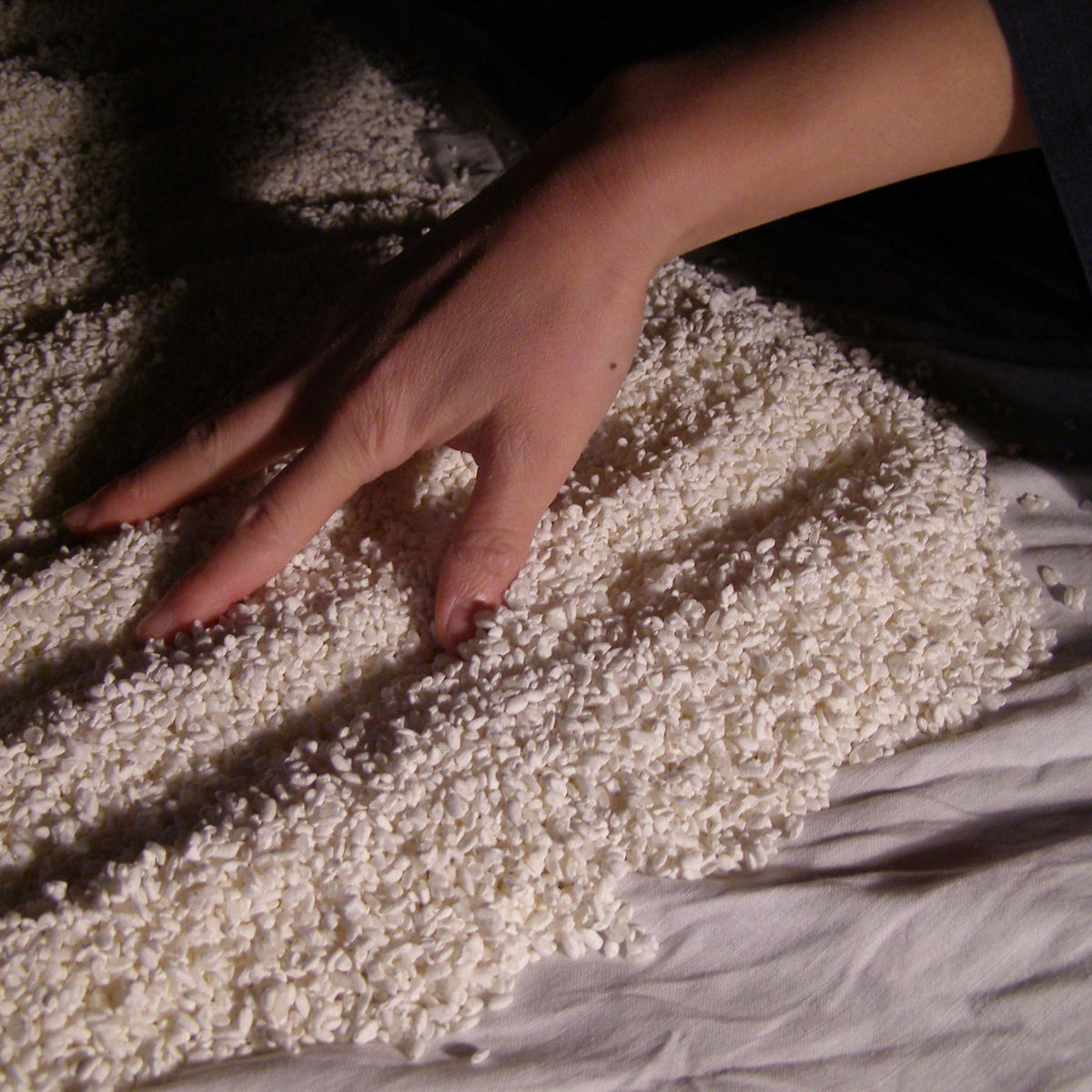[ad_1]

We’re delighted to supply a variety of positive sakes in our new Spirits Store at No.1 St James’s Road. However to name it a spirit (or wine) can be deceptive. Sake is a definite class with its personal wealthy heritage, and its personal distinctive flavour spectrum. So, when you’re new to sake, dive into a quick introduction under.
Sake has an historic historical past spanning 2,500 years – as outdated as rice cultivation in Japan. The primary written report of Japanese sake consumption comes from a Chinese language doc within the third century AD stating: “Individuals in Japan drink sake. They drink it in teams when they’re mourning.”
However the arrival of positive sake on the cabinets of our Spirits Store has given us extra cause for celebration than mourning. With flavours starting from brilliant tropical fruits to savoury umami flavours, it’s fully distinct from each wines and spirits – and totally scrumptious.
So, let’s take a more in-depth take a look at what sake is and the way it’s made.
What’s it?
Sake is also known as a rice wine, however the manufacturing course of makes it nearer in nature to a beer. It’s brewed from rice, and as soon as filtered, the ultimate liquid resembles a white wine in look, with hues starting from clear to cloudy white.
Normally loved inside a 12 months or two of bottling, it’s sometimes mildly flavoured with a really delicate acidity – a lot decrease than you’d discover in wine, leading to a extra delicate and muted flavour profile. Nevertheless, the alcohol ranges are pretty just like these in wine, averaging at 15 – 16% ABV.
Serving temperatures can vary from heat to chilled. Sakes which have delicate fruit flavours are usually chilled to protect this character – fairly the refreshing deal with on a summer season afternoon. However, sakes with a extra sturdy character – sometimes displaying umami or cereal flavours – are sometimes scrumptious heat, with barely greater temperatures bringing out this depth of flavour.
How is it made?
Sake is made utilizing 4 key components: rice, water, koji and yeast. The rice is polished to take away the outer layers of proteins, nutritional vitamins and minerals, till solely the starch at its core stays. There are completely different ranges to which the rice could be polished, generally known as the “sprucing ratio”. This proportion tells us how a lot of the rice grain stays, relatively than how a lot has been eliminated. So, for instance, a 60% sprucing ratio signifies that 60% of the rice grain is left after the sprucing course of. The extent to which the rice is polished determines the type and flavour profile of the ensuing sake, and the way will probably be categorised.
As a common rule, extremely polished rice leads to extra delicate fruit flavours, with a lighter physique, decrease acidity and fewer umami flavours. In the meantime, rice grains which are coarsely polished have extra savoury notes, with much less fruit however greater in acidity and umami.
Koji is the title of the mould that’s sprinkled over the rice to kickstart the fermentation course of (fairly like a sourdough starter). Koji performs a vastly essential function in Japanese delicacies – a core ingredient within the manufacturing of miso, mirin and shoyu soy sauce, in addition to sake and shochu. It imparts a fragile sweetness and nutty character to the rice.
As soon as the rice starches have transformed into sugars, a candy liquid is made – very like beer – which is then fermented. Fermentation temperatures are comparatively cool, going down over the course of three to 4 weeks. Hotter temperatures lead to fuller-bodied and spicier types of sake, whereas cooler temperatures imbue lighter-bodied, floral and fruity characters.
Sake classifications
Sakes are distinguished into two classes: Junmai and non-Junmai sake. Junmai interprets to “pure rice”, that means that no additional alcohol has been added. These sakes sometimes have a extra sturdy flavour profile and a fuller physique. Even the extra refined Junmai types (comparable to Ginjo and Daiginjo) will likely be marked by a delicate umami character.
Non-Junmai (or aruten), however, denotes that the brewer has added a small quantity of distilled alcohol, generally known as jozo. The explanation for including jozo is to protect the aromas and flavours launched within the fermentation course of, relatively than to strengthen the alcohol. The sake is then watered down, leading to a lighter and extra refined flavour profile: fruity, floral and aromatic.
Inside Junmai and non-Junmai sakes, there are additional sub-divisions primarily based on the rice sprucing ratio, leading to a variety of expressions and traits. Whether or not anybody is healthier than the opposite relies upon totally in your palate.
Daiginjo
These are produced from probably the most finely milled rice (with no less than 50% of the grain polished away), which supplies the sake a really clear and delicate flavour. Because of the subtlety of those flavours, these sakes are often served chilled, as heating the liquid can stifle the aromas. Typically marked by notes of recent pink apple and melon, it’s stated to be a basic accomplice for sushi and fish-heavy dishes, because of its cleaning character.
Ginjo
Sakes categorised as Ginjo are produced from rice that’s been milled to a 60% sprucing charge. These are sometimes fruity and floral, with a medium physique. This kind of sake is finest served chilled, and is a scrumptious pairing for sushi dishes too. However it can usually match fantastically with something with a extra delicate character, comparable to oysters or just dressed salads.
Tokubetsu
These sakes are additionally produced from 60% milled rice. They typically exhibit a personality balanced between savoury notes and a extra fragrant and fruity profile. They are often medium to full in physique, and could be served chilled or heat. Given their versatility, they will stand as much as a variety of dishes – from noodle dishes comparable to udon and yaki soba, to shellfish and white meats.
Junmai
Sakes labelled merely as Junmai are produced from rice milled to a 70% ratio, with no addition of brewer’s alcohol. They often show a savoury, full-bodied character, with extra bitter earthy notes and a better acidity. Junmai could be served heat or chilled, making it a flexible meals accomplice. Grilled fish, stir-fried greens or a hearty bowl of ramen will all be scrumptious.
Honjozo
This non-Junmai sake is produced from rice with a 70% sprucing charge. It has an analogous sturdy profile to Junmai, however – with the addition of brewer’s alcohol – it has a barely extra fragrant character than its “pure rice” counterpart. It often displays cereal notes, with muted fruit. Like Junmai, Honjozo sakes could be served heat or chilled, matching nicely with a complete vary of dishes.
Sake is an interesting and sophisticated class to discover – very like wine. In the event you’re unsure the place to begin, we extremely advocate the OKA from Dewazakura Brewery – one in every of Japan’s most famed producers. Made within the ginjo type, it’s delicate and floral, and splendidly versatile with meals. Pop into our retailer at No.1 St James’s Road to choose up a bottle.
[ad_2]
